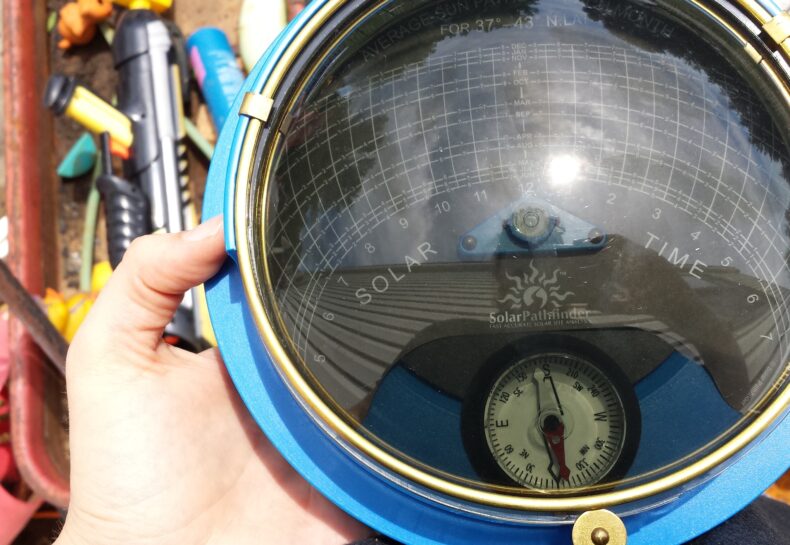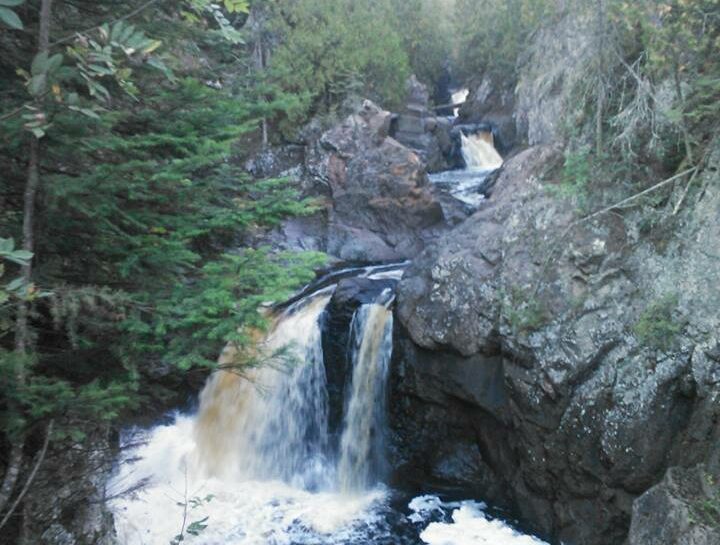Member Stories
Working with water trails
Earlier this year in mid-June, half of the North Woods crew—myself, Will, and Nate—helped the Water Trails crew for a week in clearing a portion of the Mississippi River near Bemidji of fallen trees. South of Lake Irving, a stretch of river about three miles long running through the woods was unnavigable.After unloading a jon boat from a trailer at an access point on the north side of Lake Irving, we packed in our gear: chainsaws, gasoline, bar and chain oil—a biodegradable type for use in water—hand saws, loppers, helmets, chaps, a saw box with tools for maintenance and repair, and our lunches. We followed the Water Trails crew across the lake into a marshy area where the river began. The forest around us soon became thick, and soon we spotted the first tree lying across the river. We agreed with the Water Trails crew to observe them working on a tree to learn, then we would go down the river and work ahead of them, after they would leap-frog ahead of us. Read More
Installation Time!
For the better part of my service term I worked on facilitating two solar furnace installations through my host organization, HACAP. I have sifted through their weatherization clients, completed outreach through energy conservation classes for those receiving energy assistance, and identified three homes for a system! With some luck, my team should be mounting solar panels on walls by early November. This is what I have been waiting for! Read More
Catching up with the Minneapolis youth crews
Our youth crews are working to cut the seed heads off the burdock throughout this area to help prevent further spread of burdock and clearing vines from the area. Our youth crews discovered exactly why burdock is harmful to the environment when we found a dead Song Sparrow trapped in some of the burs. Even though it might not be a necessarily fun project for some of our youth, seeing that sparrow made them more willing to continue because they all agreed they didn’t want to see any more birds harmed. As an adult crew, we have been steadily clearing the buckthorn over the last few weeks, prepping the area for a Make a Difference Day volunteer project at the end of this month. Read More
So other oaks may live
Most people these days have heard of Dutch elm disease or of the emerald ash borer infecting and killing numerous elm and ash trees. These trees are not alone; oak trees have their own disease to which they are all susceptible simply called “oak wilt.” Oak wilt is a very aggressive fungal disease that can kill an oak within two or three months of infection. It can be spread by beetles that carry the fungus to the wounds of healthy trees or, most commonly, through root grafts. Read More
I’m here
Why did I come here? Was it to get away? Perhaps to “find myself”, whatever that means. I keep mulling it over in my head and only one thing comes to mind. Opportunity is nothing without action. I see a possibility. I turn it, hold it in my hands, feel for weight and potential abnormalities and then say, “why not?” Every time I think about it, I didn’t come here to be something else, or to escape from my surroundings. I came here to see what would happen…as if making a decision would somehow cause my whole everything to collapse into a singularity and then explode into a nebulous dispersal of my existence. Read More
A 28,000 word essay, of sorts
If a picture is really worth a thousand words, then I hope you’re ready to read a novel. (Actually it would be a novella, a novel requires over 40,000 words). But don’t worry, after a couple more short sentences you won’t have to read another single word.I’ve always tried to make a point of stopping to smell the flowers, hear the sounds, and see the sights when in nature. I haven’t figured out how to share the sounds and scents yet, but have a gander at the things my eyes have gravitated towards over the course of the summer months of this Conservation Corps term. I like flowers. Read More




